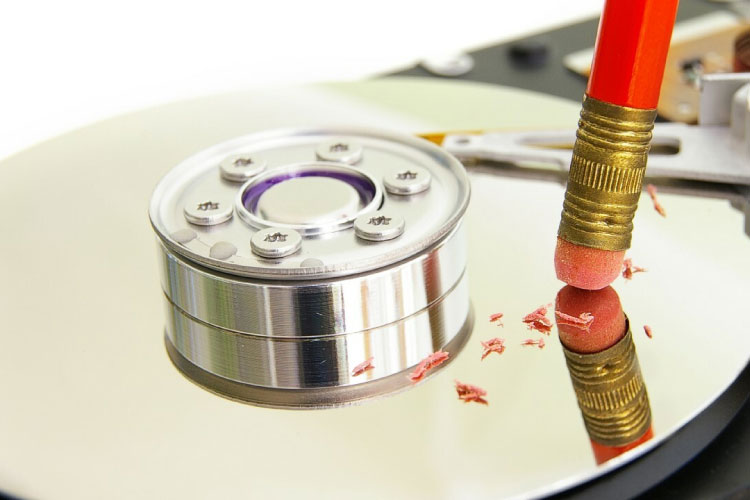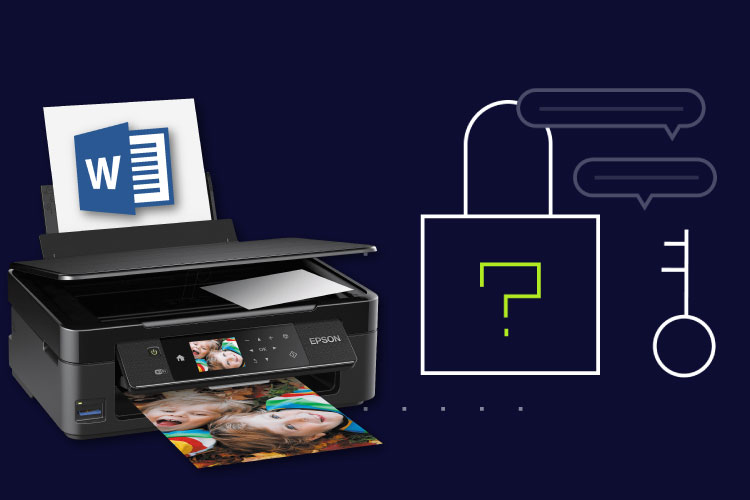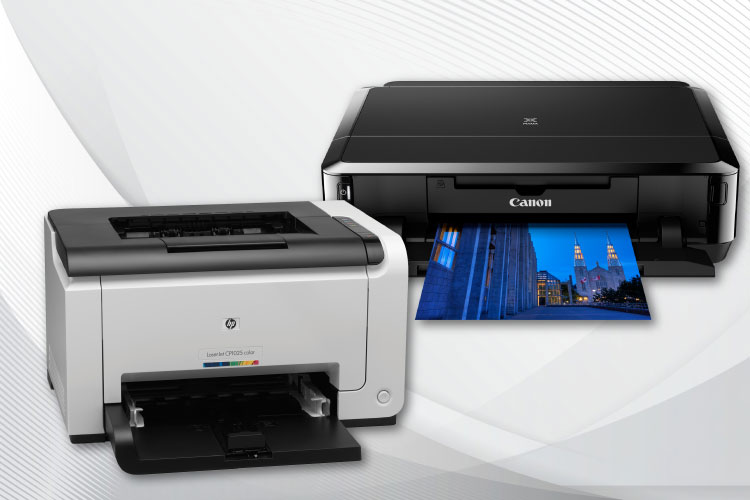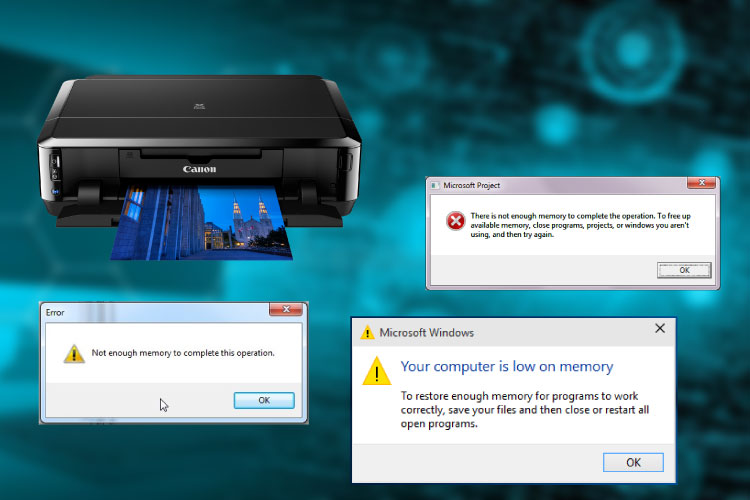Last Updated on May 14, 2022 by Carlo Dach

Ever heard of printers having hard drives? Well, they do. What determines this is the type of printer you happen to be asking about. Business-class laser printers, for instance, usually come with a hard drive. Most multifunction printers or MFPs also have this. However, as you go back further to older devices such as inkjet printers, you only get printer memory.
If you already know how to fix a printer that wont print, here is some information on handling the information it stores.
Table of Contents
Why Hard Drives Matter
Every time you use the printer to scan a document, take a printout, or even make a copy, a copy of the processed document gets stored on the hard drive, if there is one. This will likely include checks and invoices, documents from HR, customer information, and a lot more.
Working in regulated industries such as medical and legal, you will be required to keep the records safe. This includes PII or personally identifiable information, which should be protected from hackers. That means incorporating any networked printer, scanner or copier in your IT security plan. Additionally, the printer hard drive should always remain inside the building.
How to Delete the Hard Drive
After you have found out that the printer or copier has a hard drive, it is important to ensure that data does not become available to anyone else through it. One problem with reselling copiers and printers is that information may leave the building if it is still on the hard drive, which is unsafe.

It is possible to wipe the hard drive memory of your printer or MFP device. Most models these days come with detailed instructions on how to do this. If the device you are using is leased or available under contract, you will need to check with the service partner before you do anything of this sort.
- Take out the hard drive and try digitally rewriting it. Alternatively, if you prefer, physically destroy it by melting, incineration, shredding, or sanding. Taking a baseball bat to it like you see in the movies won’t guarantee the data gets destroyed, so don’t go that way unless you really need to take a swing at something and the chance just came up.
- There is a wipe or overwrite function in most modern copiers. This works well even when you are actively using the copier or printer.
- You can reformat the drives.
- Any cached data will need to be cleared, including emails and workflows, which have been set up on the interface.




